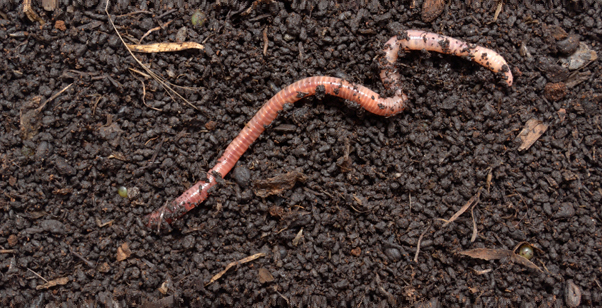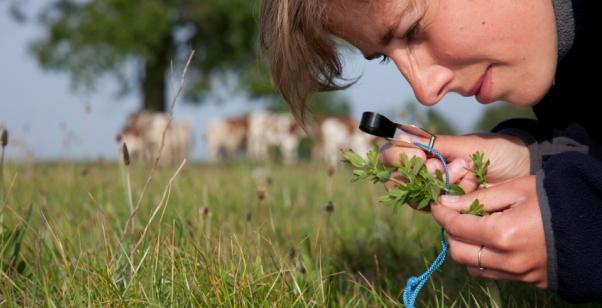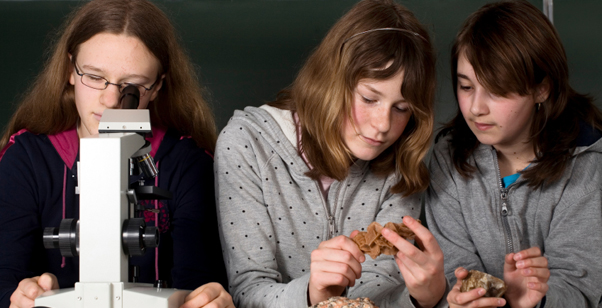Dissecting lungs
Class practical or demonstration
It is possible to learn about the function of lungs from diagrams, models and animations. However, the experience of dissecting real animal material adds an extra dimension to understanding the structure of the lungs and the relationship of structure to function. The texture of the spongy tissue, the arrangement of cartilage in the tracheal wall and (if still present) the connections to the heart are unforgettable.
Lesson organisation
This will depend on how many lungs you obtain and on how many of your students opt out of handling (or closely observing) the specimens.
If you have access to a magnifying video camera you could project a demonstration dissection. Prepare a handout or slide presention of illustrations and/ or animations with questions for students who are not taking a practical part in the activity. Students who are unwilling to handle lung material, but keen to see what is going on, could take digital photographs of the lungs in different stages of dissection.
Allow 5-10 minutes for exploring the lungs and attached vessels before starting to cut into the material. If you have a suitable digital microscope, you could explore the lung tissue with that and project (or record) live images.
Apparatus and Chemicals
For each group of students:
Lungs or pluck, from butcher/ supplier, Note 2
Tray
Scalpel
Dissecting scissors
Ruler, 15 cm, that can be disinfected after use
Access to thin vinyl or nitrile gloves
Access to warm water and soap for hand washing
Rubber tubing (as Bunsen burner tubing)
Foot or hand pump, if available
For the class – set up by technician/ teacher:
Disinfectant, to clean bench tops and rulers at end of procedure, Note 1
Health & Safety and Technical notes
Wear eye protection whenever there is a risk to the eyes, for example, when changing scalpel blades, cutting cartilage, or when the dissection material has been preserved.
1 Disinfectant: Use Virkon, following manufacturer’s instructions.
2 Sometimes butchers remove the hearts but leave the main blood vessels with parts of the ventricles and atria attached. The main sections of lung tissue are also cut into at the abattoir (as part of the inspection process). If you discuss your needs with your butcher, they may be able to limit damage to the material and provide lungs in the form that you need. If you order a ‘pluck’ – heart and lungs together – you will be better able to see the connections. Lungs can be frozen for future studies, and you can cut sections of veins and arteries for studies of vascular structure – see Elastic recoil in arteries and veins and Looking at a heart.
3 Safety of handling butcher material: anything that a butcher sells must have been passed as ‘fit for human consumption’, but may be carrying food-poisoning bacteria. We don’t wear gloves when preparing meat in a kitchen, so it is not necessary to wear gloves, but it is necessary to wash hands thoroughly after handling the material and before leaving the laboratory. The government has enacted the Specified Risk Materials (SRM) Regulations and these determine the parts of slaughtered animals which may be capable of transmitting spongiform encephalopathies and therefore must not be supplied. Only materials from cattle, sheep and goats are currently specified and only under certain circumstances. Thus anything that you can obtain through normal channels should not be SRM and could therefore be used. Do not store the material used for dissection in refrigerators used for food.
4 Cleaning equipment and work surfaces: dissecting instruments are best autoclaved after use because most disinfectants attack metal instruments. Clean contaminated equipment such as dissecting boards with hot water and detergent and soak for at least 10 minutes in a freshly-prepared 1% solution of Virkon disinfectant. Wipe down working surfaces with 1% Virkon, and leave wet for 10 minutes before drying off. If you perform dissections on layers of newspaper, you may protect the bench surface enough for it not to need to be disinfected.
5 If students receive cuts or scratches during dissection, wash the wound in cold running water, allow minor wounds to bleed freely, and refer to a first aider.
Ethical issues
The animal material used has not been produced for the purpose of the investigation – it is a regular by-product of the meat industry, available for consumption from some butchers, or part of the waste stream if not used for dissection.
Some students may be sensitive to the use of any animal product in this way, or to the very existence of animals bred and raised for human consumption.
Some students may have religious or cultural objections to handling dead animal material, particularly pigs or cows, and depending on the method of slaughter.
Procedure
SAFETY: Take care with sharp dissecting tools.
Observe careful hygiene precautions after the dissection.
Preparation
a Purchase lungs or a ‘pluck’ from a butcher or other supplier, after discussing how the material is to be used. Note 1.
b Ensure all dissecting tools are clean and sharp.
c Decide how the lungs are to be disposed of. This should either be by incineration, or in a dustbin or container used for food wastes not to be fed to animals.
d Ensure first-aid kit for cuts is available in the teaching room.
Investigation
e Note the general shape and size, colour and texture of the lungs.
f If possible, measure their size and mass and estimate their external volume.
g Identify:
- the trachea or windpipe – the main tube bringing air into and out of the lungs.
- cartilaginous hoops in the trachea – these are horseshoe-shaped and keep the trachea open for the passage of air, but allow the tube to bend and flex easily. The oesophagus runs in the groove along the open end of the horseshoe shape which allows lumps of food to pass smoothly down to the stomach.
- the bronchi – the right bronchus leads from the trachea to the right lung and the left bronchus to the other lung.
- the first bronchioles – these are the finer tubes dividing off the bronchi.
- any vessels linking the lungs to the heart. Arteries have thick, rubbery walls. Veins have much thinner walls. Feel inside these vessels with your fingers and feel the texture and strength of both vessels. Try to describe what you feel.
- the pleural membrane – this is a thin layer of connective tissue covering the whole of the lungs.
- the pericardium – this is a layer of tissue surrounding the heart.
h Try to inflate the lungs and observe how they respond. Do not breathe directly into the trachea to do this! Insert a length of rubber tubing into the trachea and attach it to a bellows or foot pump to inflate the lungs and then watch them deflate. It is best not to breathe through the tube into the lungs yourself because of the elastic recoil of the lung tissue: you might inhale a blast of rather unpleasant air! Air will almost certainly escape from cut surfaces of the lung, so it is best to place the lungs inside a large, transparent, plastic bag to stop any aerosols (contaminated with possible pathogens) from escaping into the laboratory air.
i If the larynx is still attached to your lungs, try forcing air through the larynx while you squeeze it tight. As air moves past the skin and cords in the larynx it may make a noise. Discuss how similar this is to the noise the animal makes in life.
j Cut a small piece of spongy lung tissue to examine more closely. Drop it into a beaker of water and observe that it floats – indicating that even at complete rest the lung tissue still holds a large volume of air.
Health & Safety checked, May 2009
Downloads
Download the student sheet ![]() Dissecting lungs (80 KB) with questions and answers.
Dissecting lungs (80 KB) with questions and answers.


